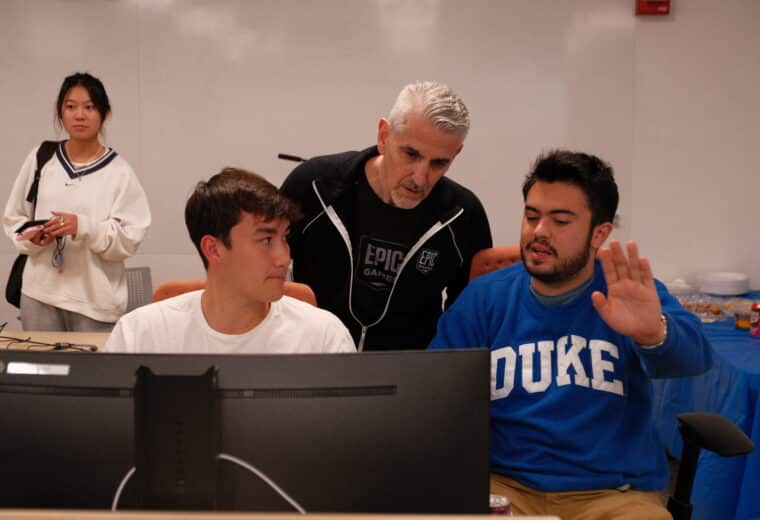
Marc Sommer Named to Lead Duke Institute for Brain Sciences
Sommer will play a key role in identifying opportunities for Duke to extend its impact in the brain sciences, through both pathbreaking research and educational opportunities
We’re sorry—the news story you were looking for has been archived.
Please see the most recent stories below.

Sommer will play a key role in identifying opportunities for Duke to extend its impact in the brain sciences, through both pathbreaking research and educational opportunities

Students in Duke’s Master of Engineering in Game Design, Development and Innovation program got hands-on with the Unreal Engine

Duke’s Medical Robotics Symposium highlighted advancements in surgical technology, emphasizing the importance of interdisciplinary collaboration between engineers, clinicians and students
Notifications